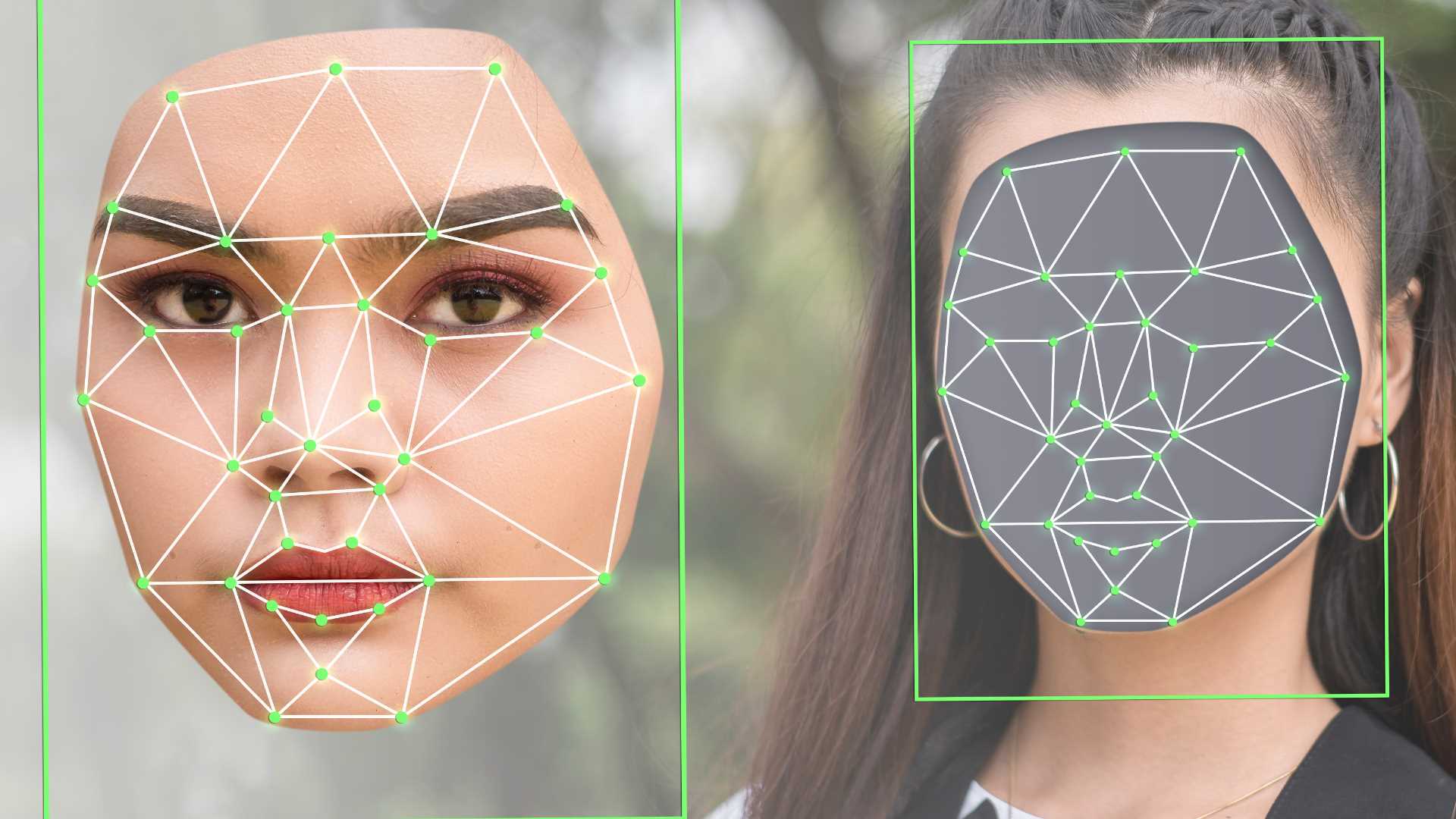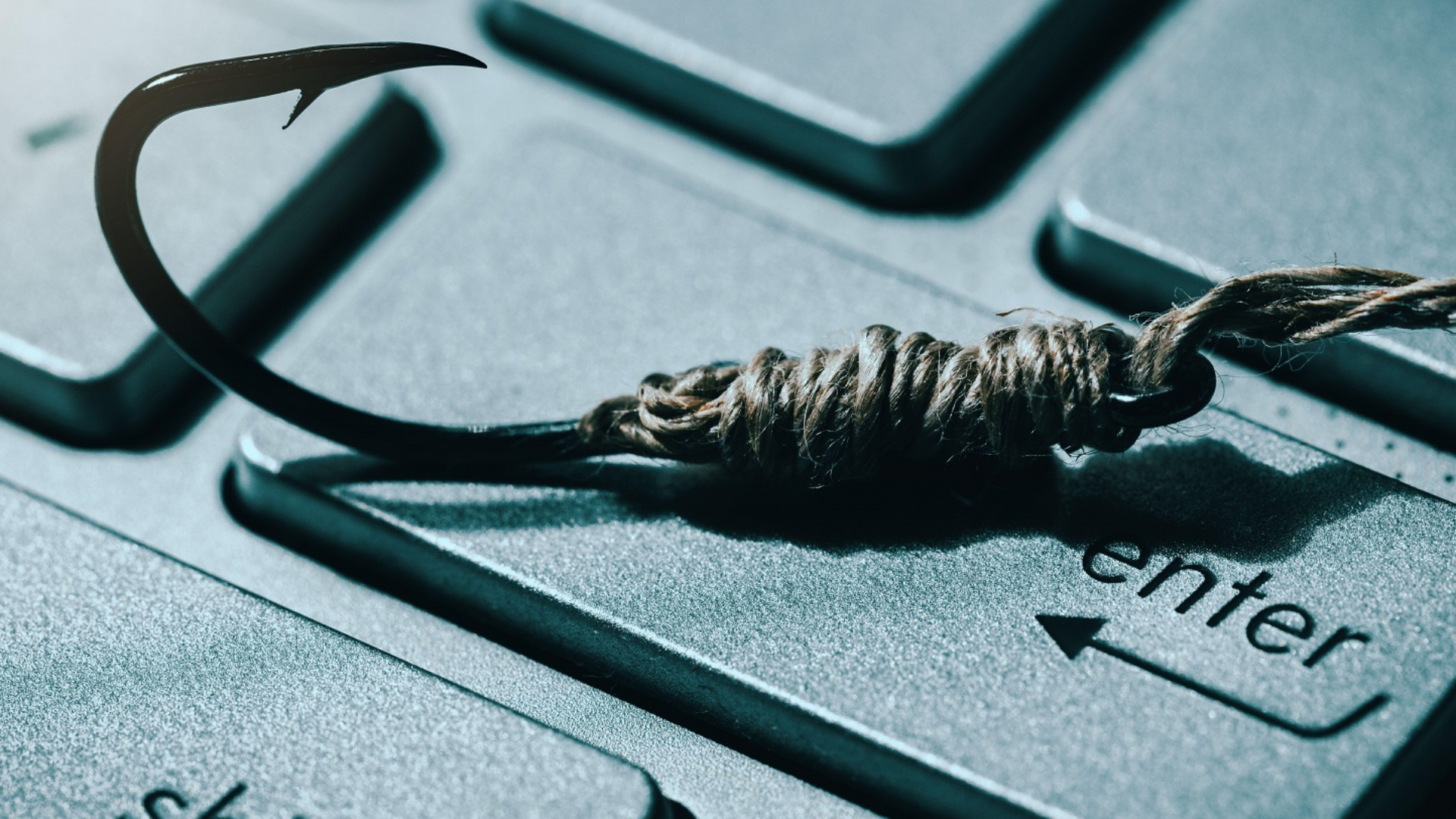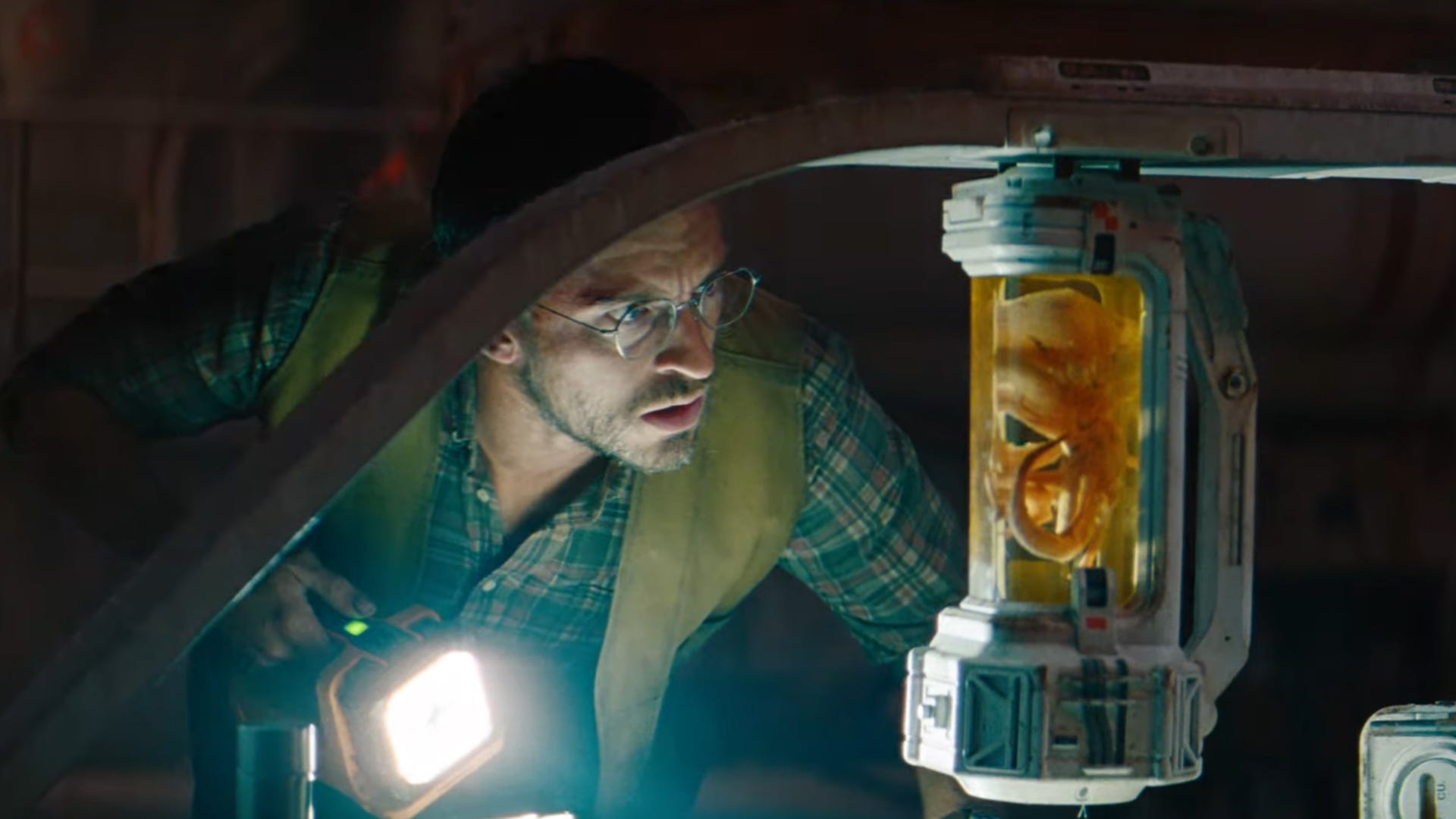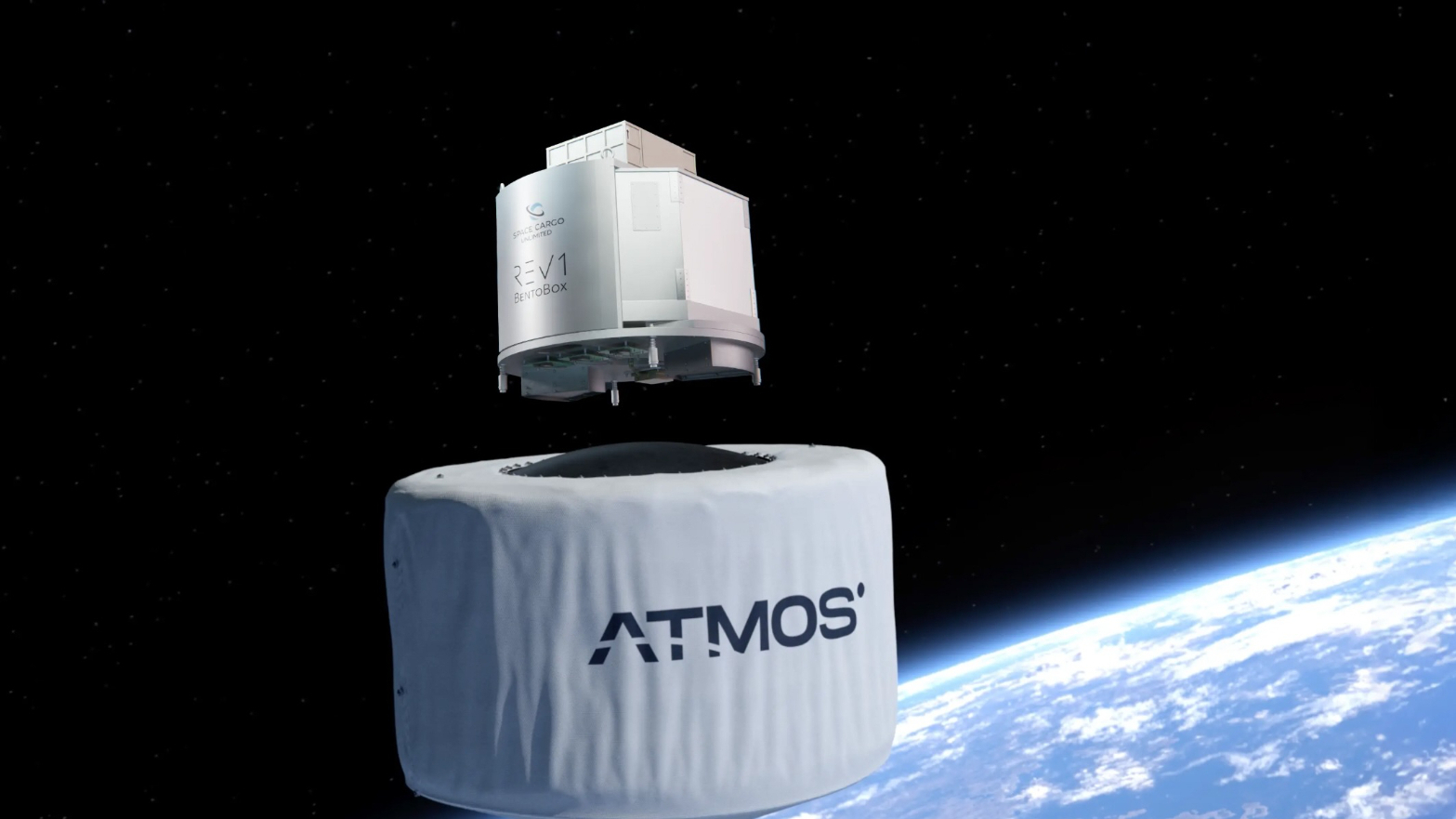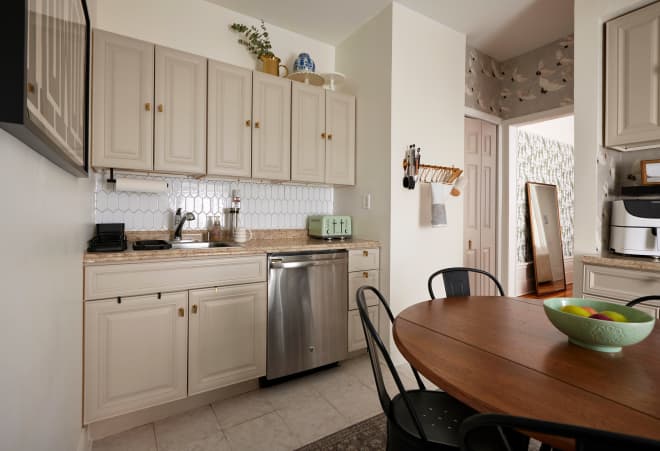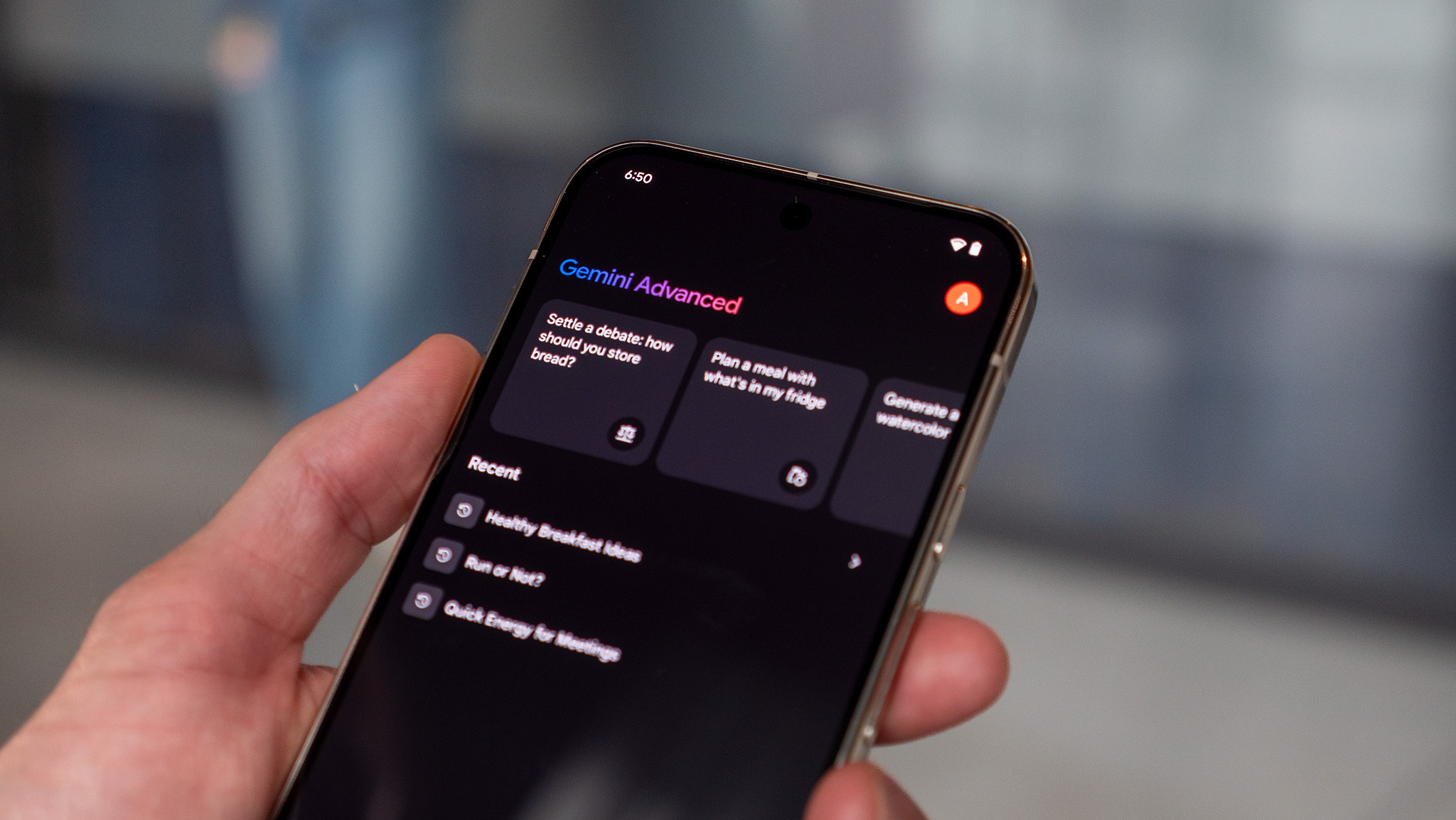The Lowest-Effort Way Yet To Make 3D Printed Lenses Clear
This technique shared by [Andy Kong] is for 3D printed lenses, but would probably be worth a shot for any resin prints that need to be made nice and clear. …read more
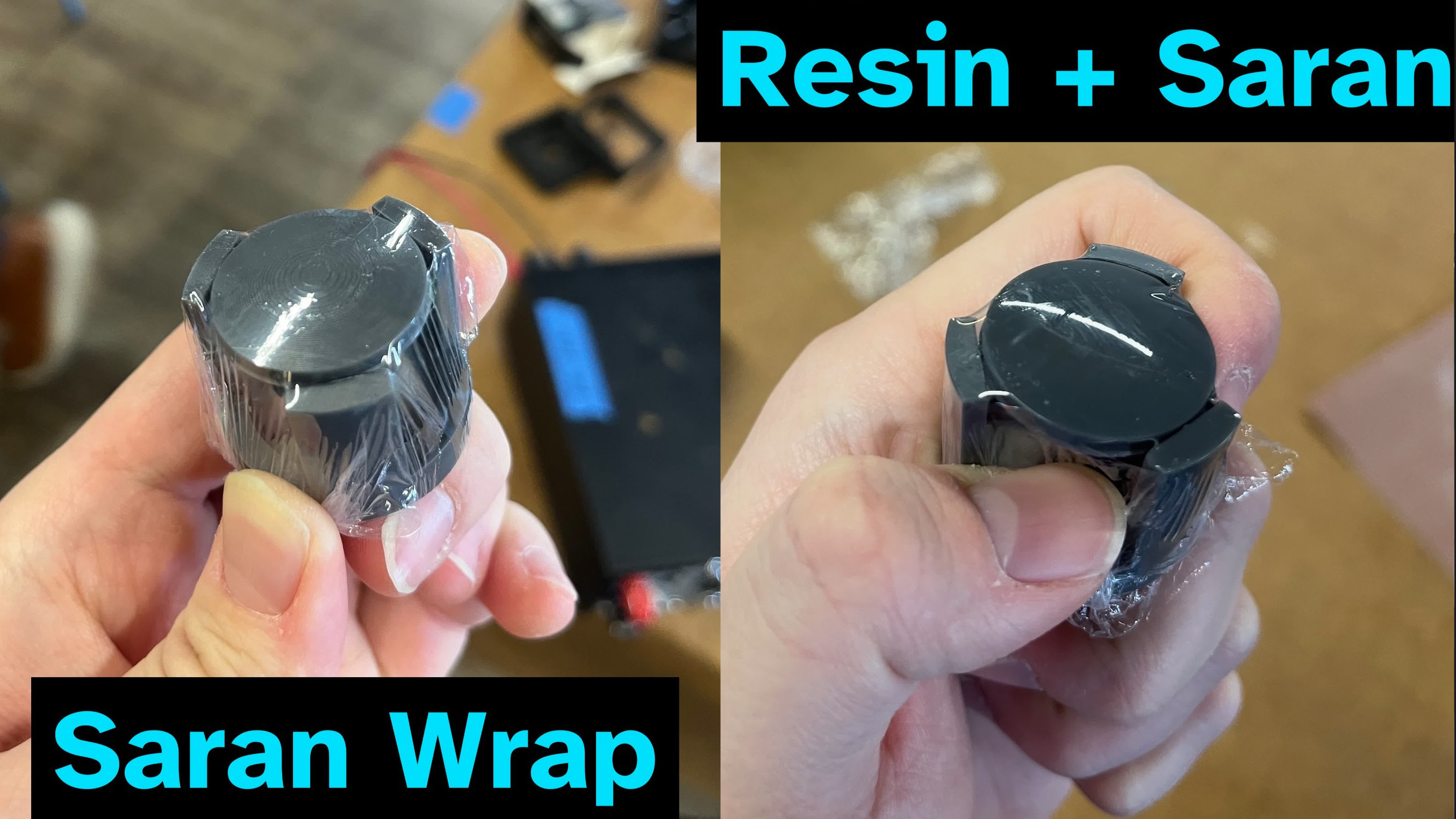
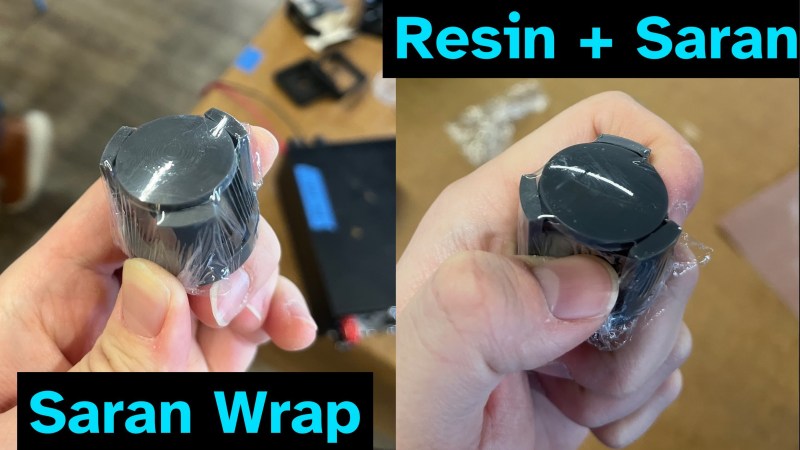
This technique shared by [Andy Kong] is for 3D printed lenses, but would probably be worth a shot for any resin prints that need to be made nice and clear. The link to his post on X is here, but we’ll summarize below.
It’s entirely possible to print lenses on a resin printer, but some amount of polishing is inevitable because an SLA print still has layer lines, however small. We have seen ways to minimize the work involved to get a usable lens, but when it comes right down to it the printing process creates tiny (but inevitable) surface imperfections that have to be dealt with, one way or another.
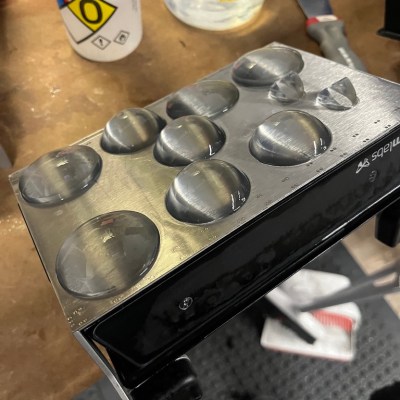
One technique involves applying a thin layer of liquid resin to the surface of the printed lens, then curing it. This isn’t a complete solution because getting an even distribution of resin over the surface can be a challenge. [Andy] has refined this technique to make it ridiculously simple, and here’s how it works.
After printing the lens, place a drop of liquid resin on the lens surface and stretch some cling wrap over the lens. The cling wrap conforms to the shape and curve of the lens while trapping a super thin layer of liquid resin between the cling wrap film and the lens surface. One then cures the resin while holding the cling film taut. After curing, [Andy] says the film peels right off, leaving an ultra-smooth surface behind. No tedious polishing required!
But what about the flat back of the lens? [Andy] suggests that instead of using cling film (which is better at conforming to a curved surface) simply use a drop of resin in a similar way to bond the flat side of the lens to a smooth piece of glass. Or bond the backs of two lenses together to make a duplex lens. This technique opens quite a few possibilities!
Even if one isn’t 3D printing optical lenses, we suspect this technique might be applicable to making crystal-clear 3D prints with a little less effort than would otherwise be needed.
Keep it in mind, and if you find success (or failure!) let us know on the tips line because we absolutely want to hear about it.

















